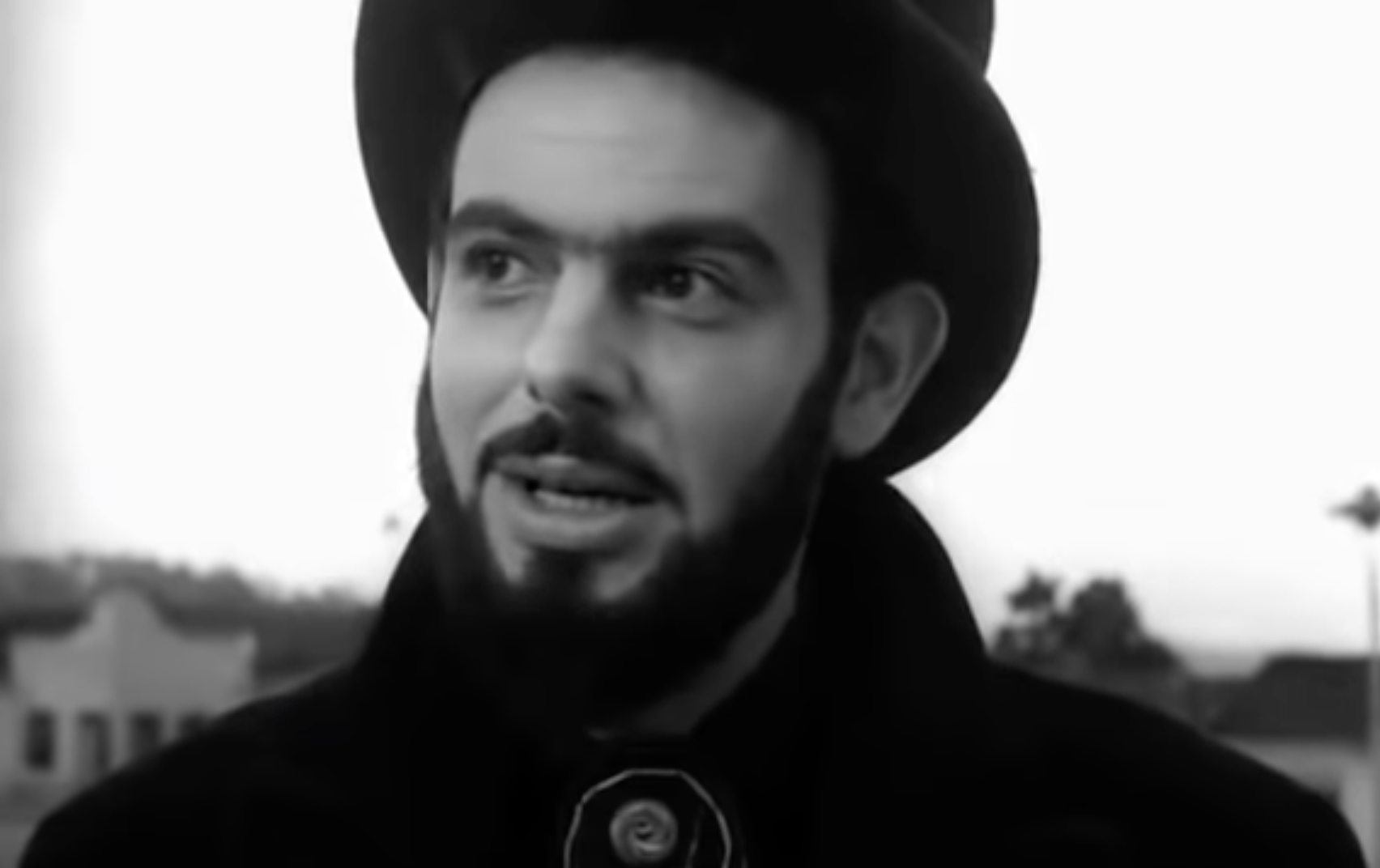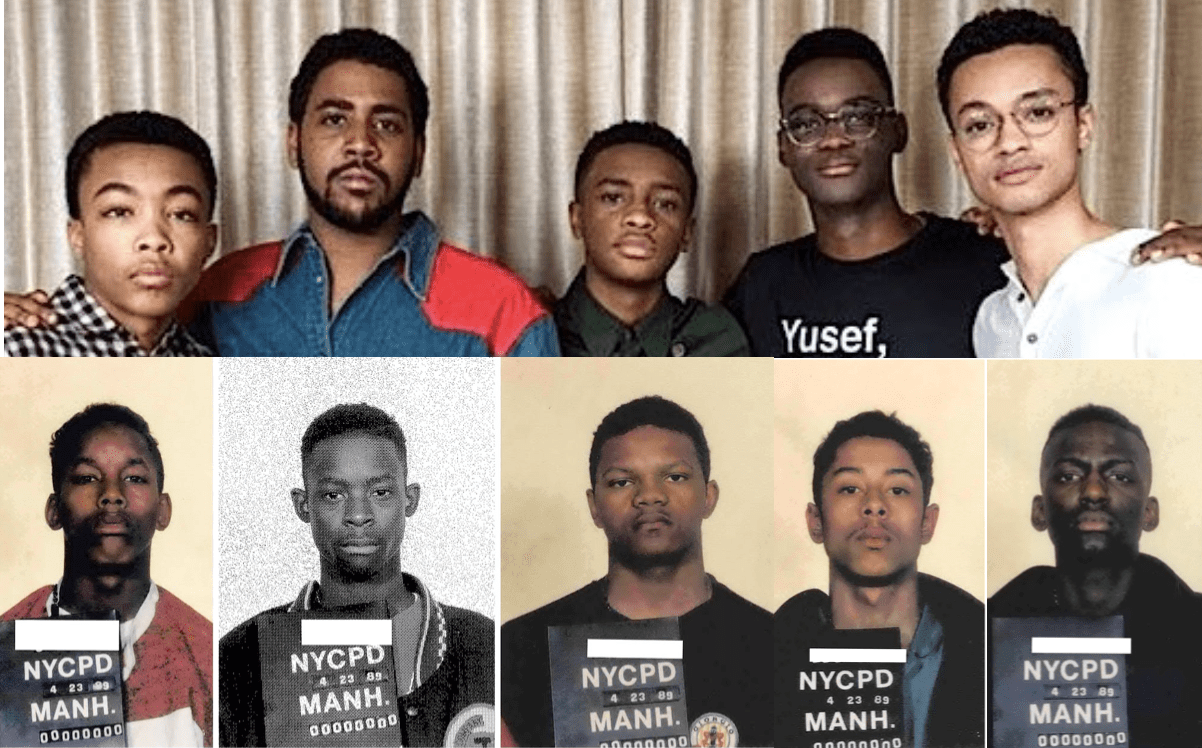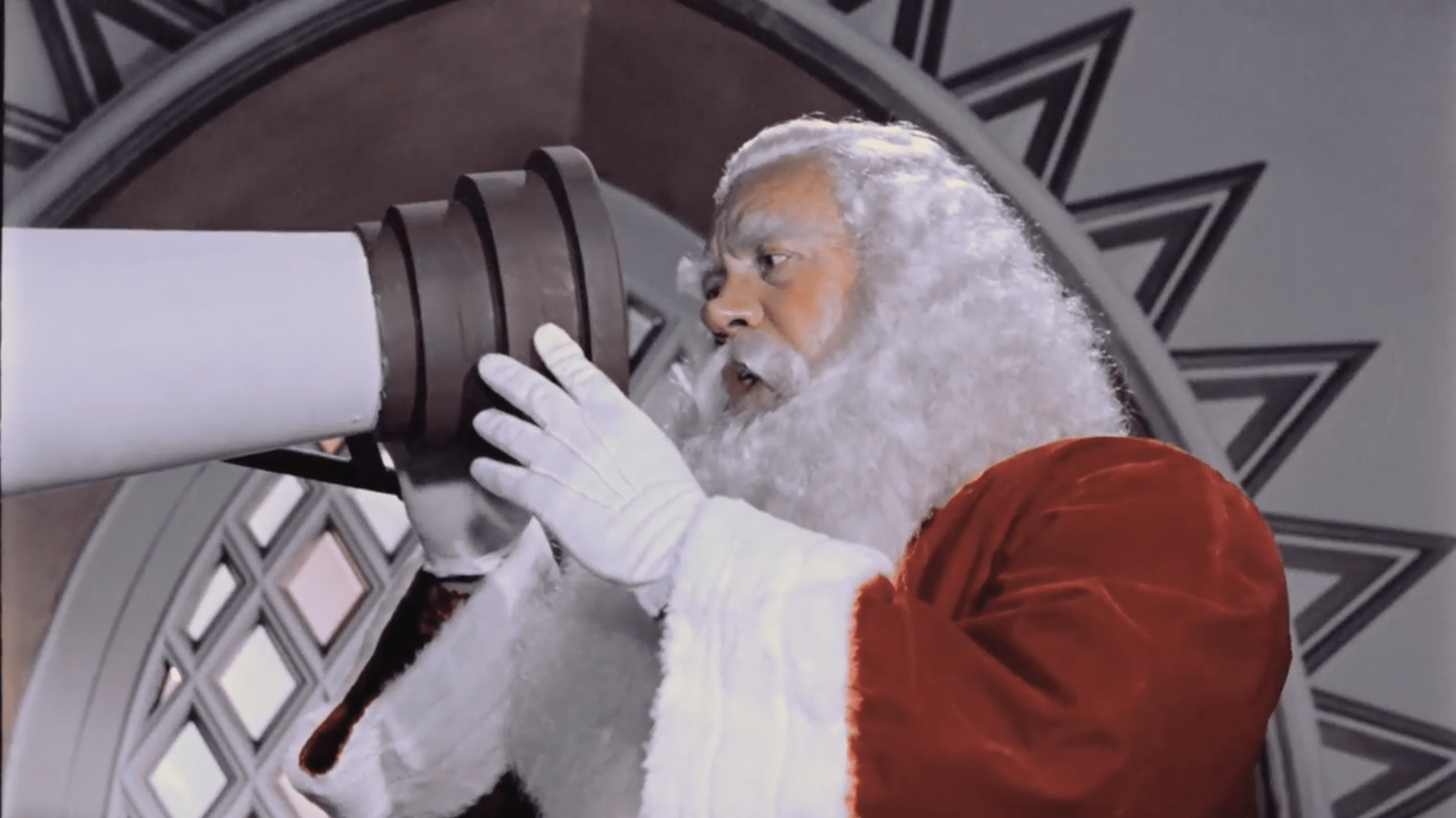
In 1972 Werner Herzog dragged his pet mad man Klaus Kinski and a small group of actors to Peru to shoot Aguirre The Wrath of God. With a camera he stole from a film school and 370,000 dollars, Herzog willed the movie into existence. Over the course of 5 grueling weeks in the jungle, Herzog became his own version of the maniacal lead character, Agurrie, eventually directing the cast at the point of a gun. Herzog denies this now, but there are witnesses who will attest to it and Herzog himself admitted to it at the time.
The film was based partly on Joseph Conrad’s The Heart of Darkness, partly on the rise and fall of Hitler, and partly on Herzog’s research into the actual accounts of the conquistadors who first invaded the region.
The film was shot in chronological order which blurred the line between the increasingly ominous threat of madness in the narrative and the increasing tensions and desperation of the cast and crew during the production.
Near the end of the film as Agurrie’s raft drifts deeper into the jungle it seems to leave reality behind and enter a fever dream of hallucinations, disassociation, and irrational monologues.
Brother Gaspar de Carvajal, the monk, and Okello the black slave, are sitting exhausted and starving on the raft watching the endless jungle drift by when Okello speaks up. Eyes squinted he looks off-camera beyond the audience and says, “I see a ship, with sails, in a tall tree, and from the stern hangs a canoe.”
Herzog does not follow this statement by providing us with Okello’s point of view, implying that Okello may be hallucinating. Then as Brother Carvajal the monk peers in the same direction he explains “The ship is in your imagination. No floodwaters could rise this high. We all have fever. It’s only a mirage. These things happen when people are overly exhausted.“ Carvajal’s comment is odd. It seems as though he might see the ship as well. Carvajal is the spiritual leader of the group, a kind of second in command. Just as with Agurrie, Carvajal is a means for Herzog to examine power. In World War Two The Catholic Church backed Hitler and Herzog uses Carvajal as a way to address this.
In his arrogance, Carvajal dismisses Okello’s perception and takes control of what is real and what is false. Okello is only a slave whose opinions can be easily overridden by his masters. Herzog turns the camera to reveal that there actually is a ship inexplicably high up in a tree. The camera lingers there until the audience begins to question the objectivity of the camera. Maybe we are seeing through the characters’ eyes. If what the camera is showing is real then this jungle is a stranger and more mysterious place than we thought. It becomes a choice between seeing the boat as surreal or unreal.

This reverie is brashly interrupted by Agurrie who asserts his perception as the definitive and final word on truth as he yells “Shut up Monk!” He fires a cannon that forcefully punctuates his proclamation. Now with a third set of eyes bearing witness to the boat in the tree Herzog firmly establishes that the ship is real, but no sooner has this been established that Agurrie drags everyone into a new illusion, “We’ll get that ship! It is real! We’ll sail to the Atlantic with it.”

Herzog then allows a long moment of silence while the camera stays on the boat allowing us to ruminate on its existence. A strange soothing sort of music underlines the scene. Herzog uses this music throughout the film. There is nothing calming about what is on screen but the gentle tones lend a pensive quality. The music allows us to temporarily float above the action and consider the larger view. The ship hangs peacefully in the sky either coaxing them toward hope or mocking their imminent demise.
The contention over the ship is a thinly veiled contention over whether or not they will live through the mission. It is the last straw and becomes a flashpoint for a mutiny. Carvajal stares down Agurrie and declares “No Lope de Agurrie, I wont go with you. We are weak and hungry.” And then everything degenerates from there.
Aguirre The Wrath of God is an exploration of how an individual can seize and maintain power. As conditions worsen on the raft the soldiers and slaves have fewer and fewer options. Following Aguirre is probably their best chance for survival. He may be a tyrannical, megalomanic but he is a visionary with unflappable resolve. Even though it is increasingly obvious that no one will survive this journey the most likely to survive would be Aguirre.
Not every Nazi was a true believer. Not every German citizen was a supporter of the party. Herzog grew up in the painful and confusing aftermath of the war. He was part of the generation who would have to live with the shame, and consequences of one of the worst atrocities in history. Surely what is most important is trying to understand how it happened and why. The “ship in the tree scene” is a depiction of what happens when the shared vision of the zealots and the fearful begins to crack and falter.
Some followed Agurrie in hopes of becoming rich, others wanted fame, some followed out of fear, and some out of duty, but whatever their motivation it required their participation in a fantasy which eventually failed them, and as the fog lifted it revealed how far they had strayed from reality. They awoke just in time to face the consequences of their mistakes.

If you liked this you might also like these
https://filmofileshideout.com/archives/whats-wrong-with-schindlers-list-and-right-with-the-load



